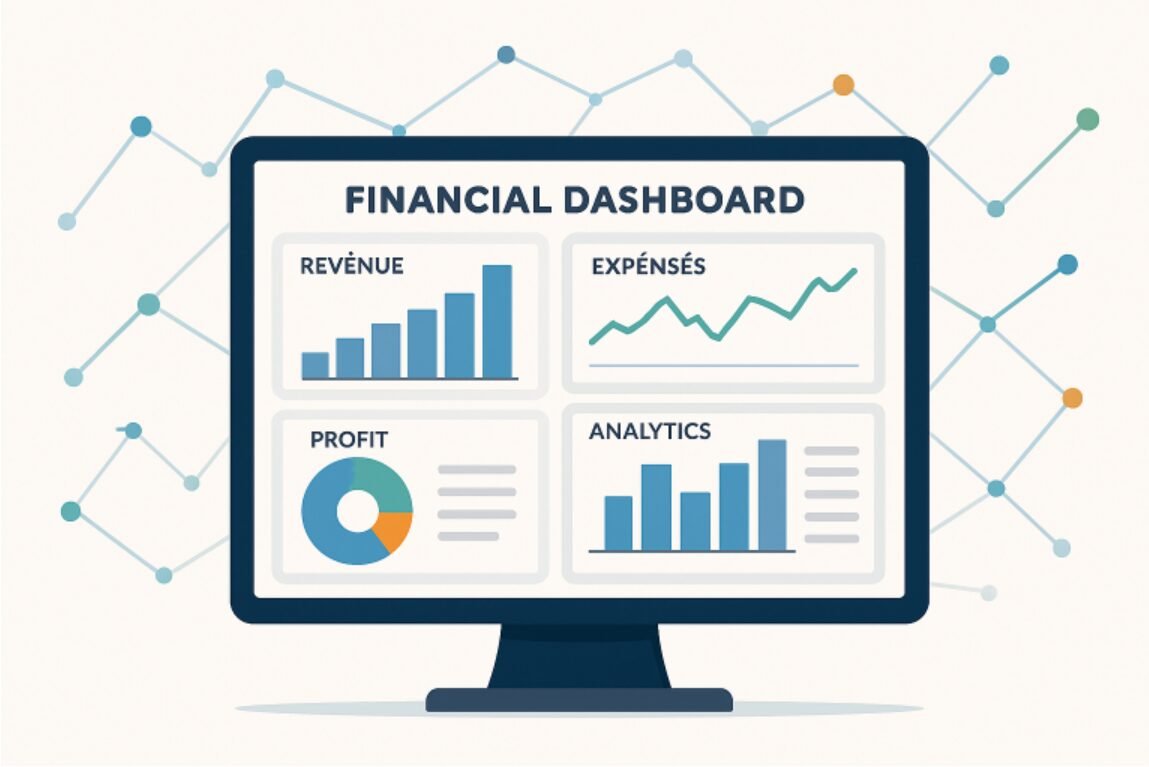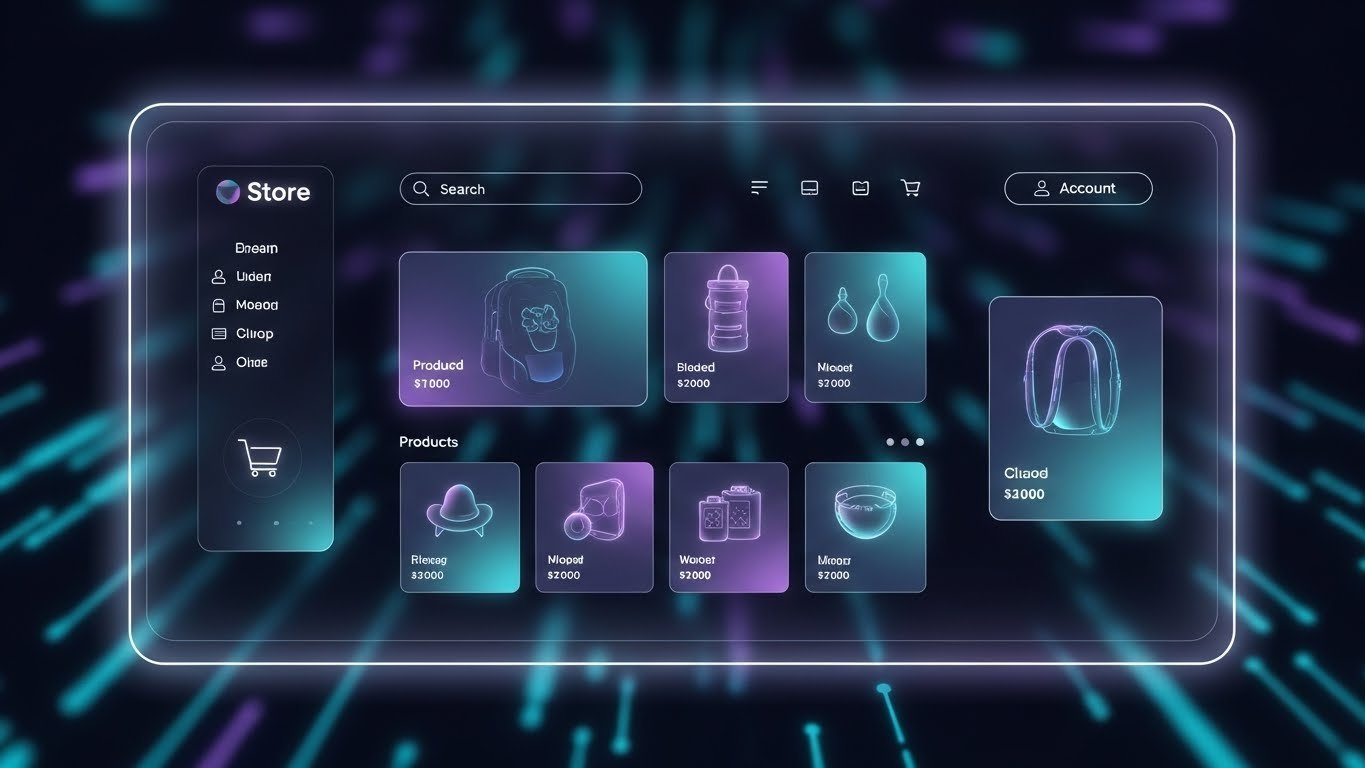In the dynamic landscape of today’s professional world, merely keeping pace is no longer sufficient to thrive. To truly excel and carve out a successful career path, one must embark on a journey of deliberate and strategic growth. Imagine your career as a blank canvas where every decision, every opportunity, and every bit of knowledge you acquire adds a stroke of color, gradually painting a vivid picture of your future success. This article invites you to explore the power of a well-crafted professional development plan—a plan that not only harnesses your unique strengths but also propels you through the complexities of your career with confidence and clarity.
Unveiling Your Strengths and Weaknesses for Tailored Success
To embark on a successful growth journey, start by evaluating your personal strengths and weaknesses. This self-assessment is key to setting targeted goals that enhance both your personal and professional life. By integrating insights from self-reflection with objective feedback from professional assessments, you can effectively navigate your development path. This process not only highlights your core competencies but also pinpoints areas for improvement, allowing for strategic adjustments. By doing so, you pave the way to capitalize on emerging opportunities and ensure long-term success.
Shaping Your Future with Industry-Aligned SMART Goals
Aligning your career vision with the ever-evolving trends in your industry is essential. Setting SMART goals—Specific, Measurable, Achievable, Relevant, and Time-Bound—transforms vague aspirations into clear objectives. This framework helps you stay on track and adapt to industry demands. For example, if you aim to move into a leadership role, completing a leadership course within a set timeframe can support this transition. Regularly reviewing and adjusting your goals with tools like project management apps ensures you remain competitive and proactive in your career development.
Cultivating Connections Through Mentorship and Networking
Mentorship and networking are invaluable in broadening your knowledge and opening new doors. Engaging in mentorship programs provides you with insights from experienced individuals, guiding your career growth. Additionally, strategic networking at industry conferences and through alumni networks enhances your professional visibility, connecting you with potential collaborators and employers. By incorporating these strategies into your development plan, you expand your skill set and increase your chances of achieving your career goals.
Embracing Technology for Lifelong Learning
In our rapidly changing technological landscape, staying competitive requires continuous learning. Embracing emerging technologies like AI and IoT offers new pathways for growth and adaptability. By engaging in continuous learning through online platforms, you not only future-proof your career but also position yourself as a vital asset in any organization. Platforms offering flexible learning options help you bridge skill gaps and thrive in a high-paced environment.
Building a Culture of Feedback for Continuous Improvement
A robust feedback loop is essential for ongoing progress evaluation and necessary adjustments. Engaging with feedback from colleagues and stakeholders allows you to identify both strengths and areas needing improvement. This proactive approach encourages a culture of continuous learning and innovation, empowering you to adapt to changing demands and opportunities. By leveraging feedback loops, you enhance personal growth and maintain a competitive edge.
Balancing Life and Work for Lasting Career Growth
Integrating work-life balance strategies into your professional development plan is critical for sustaining growth and avoiding burnout. Establishing clear boundaries between work and personal life helps manage stress, enhancing productivity and satisfaction. Flexible work arrangements and wellness programs contribute to a balanced lifestyle, ensuring personal well-being and positioning you for enduring success.
Make a Lasting Impression with a Personalized Business Card
In the digital age, a business card remains a powerful tool for making a lasting impression. Unlike emails, a tangible card offers a memorable reminder of your business. Designing a personalized card is simple when you use a business card template to stand out, allowing you to customize images, text, and colors to reflect your brand identity. This personal touch not only aids in recalling your services but also seamlessly combines traditional and modern branding strategies.
As you stand on the brink of crafting your path, remember that your professional growth plan is not merely a document but a living strategy. It’s your compass in the ever-shifting terrain of the professional world. By embracing the unpredictable, leveraging your unique strengths, and continuously seeking opportunities for learning and innovation, your journey becomes not just about reaching a destination, but about finding fulfillment in the process. This plan is your empowering tool—one that ensures your professional story is not just written in ink, but is alive, evolving, and resonantly impactful.



